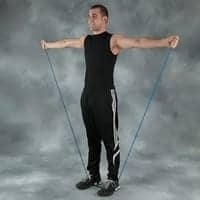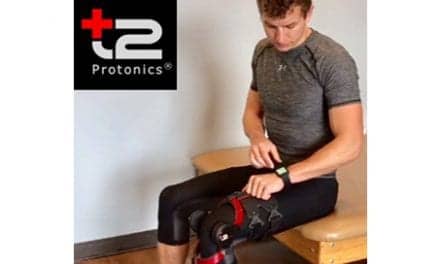A new clinical report from the American Academy of Pediatrics (AAP) asserts that the continued increase in anterior cruciate ligament (ACL) injuries in adolescent athletes could be partially countered by neuromuscular training. The neuromuscular training could “preprogram” safer movement patterns before an injury occurs. The clinical report notes that improved training may especially benefit female adolescent athletes, who could see their rates of ACL injury risk drop by as much as 72%.
The recommendation was part of the guidance and conclusions presented in a report published in Pediatrics. The report addressed treatment, diagnosis, and prevention of ACL injuries in adolescent athletes, which have been on the rise for over two decades due to things such as intensive training programs and an increase in the number of children participating in sports. The clinical report does caution against surgical interventions for adolescent ACL injuries, particularly when the procedure may cause growth disturbances.
Neuromuscular training can have an impact in ACL injury prevention, according to the clinical report. A news release from the American Physical Therapy Association (APTA) notes that the authors, who say bracing is “unlikely” to reduce the risk of ACL injury, write that training has a preventive effect by helping athletes to “ ‘preprogram’ safer movement patterns that reduce injury risk during landing, pivoting, or unexpected loads or perturbations during sports movements.”
The report indicates that adolescent female athletes could see the biggest risk reduction if the neuromuscular training is introduced in their mid-teens. The authors write that the training should incorporate “plyometric and strengthening exercises, combined with feedback to athletes on proper technique, appears to be most effective.”
The authors also write that, “Pediatricians and orthopedic surgeons who work with schools and sports organizations are encouraged to educate athletes, parents, coaches, and sports administrators about the benefits of neuromuscular training in reducing ACL injuries and direct them to appropriate resources.”
[Sources: Pediatrics, APTA]





